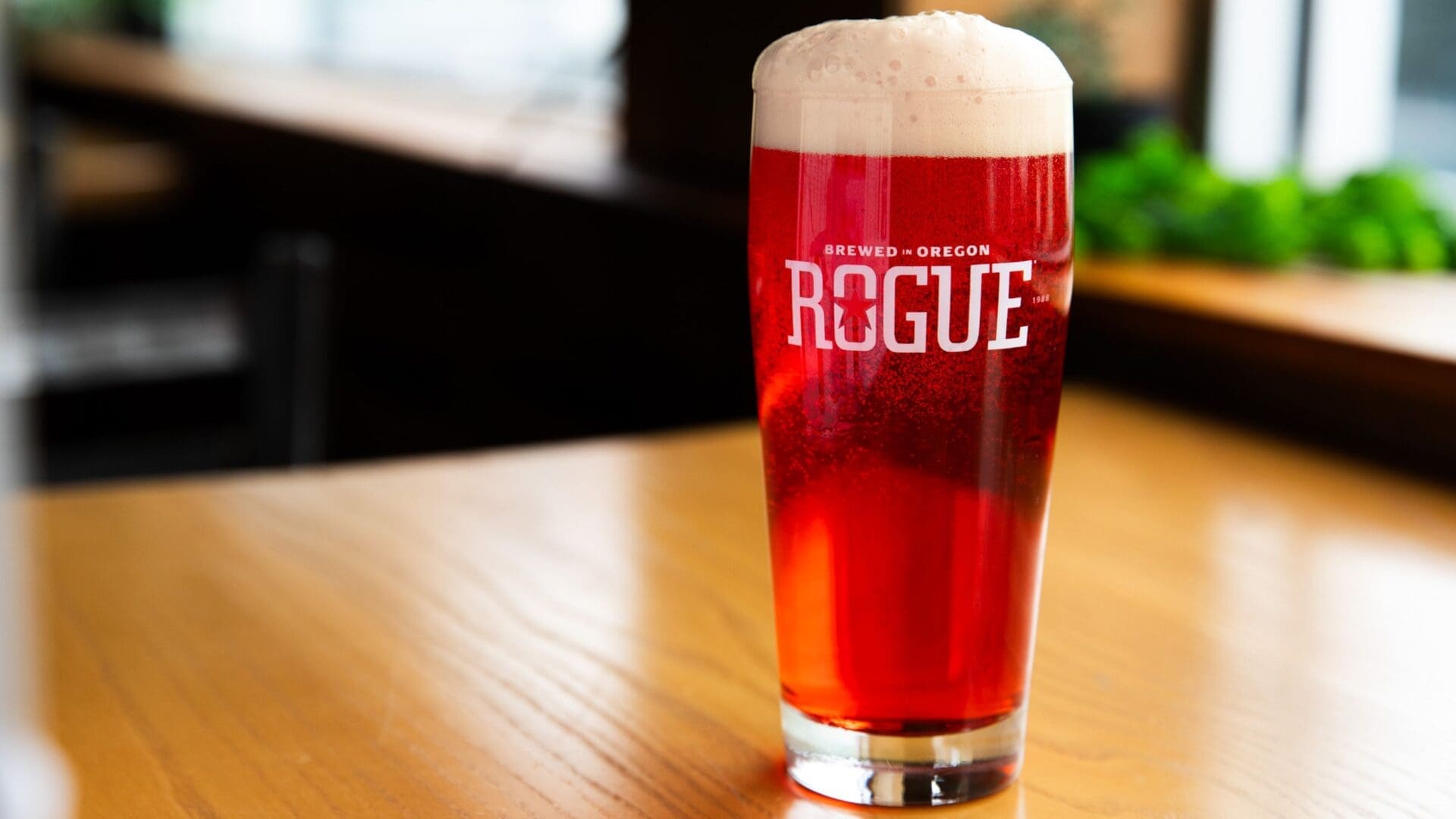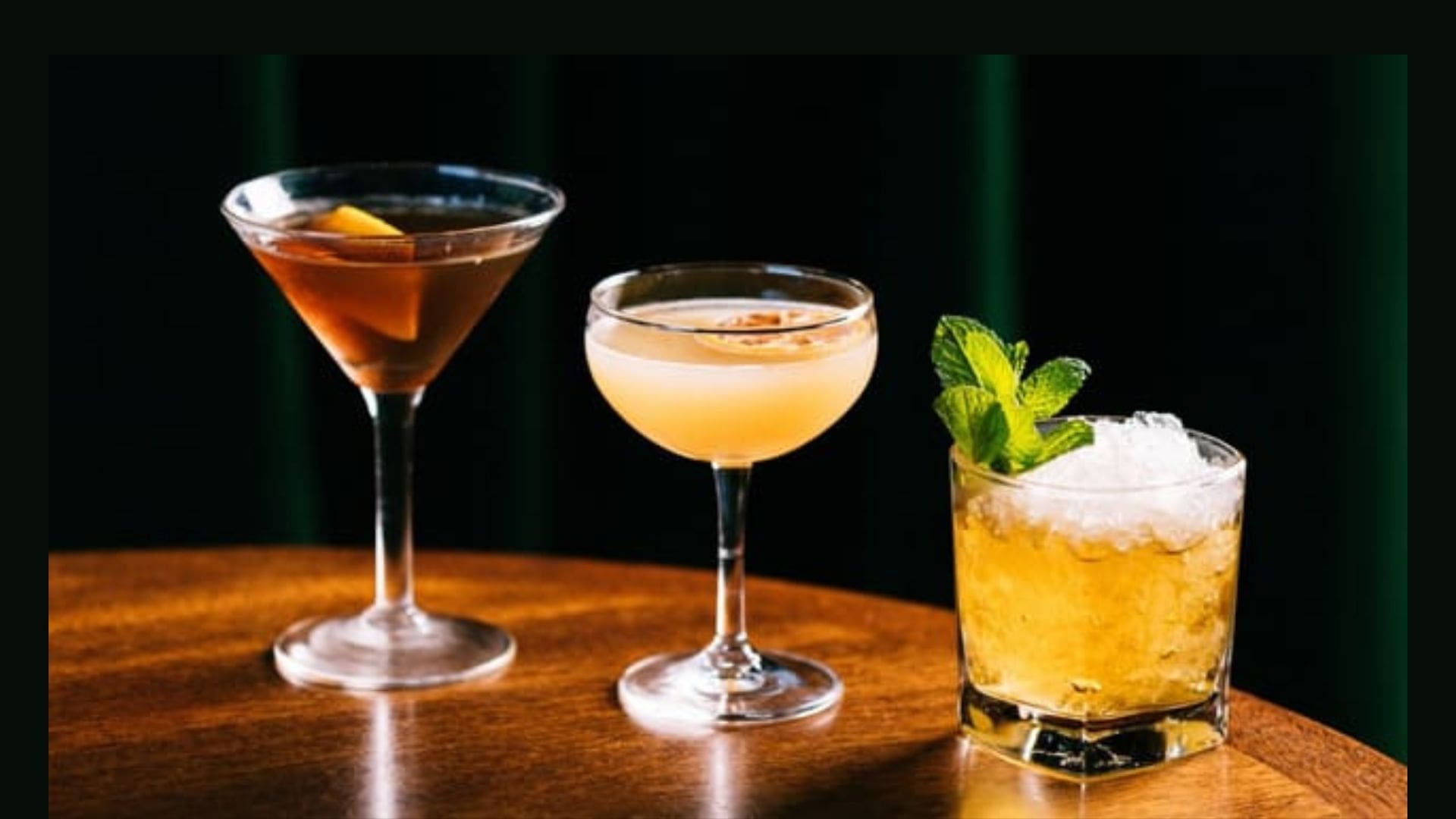Idaho’s wine industry continues to flourish with the newly approved Lewis-Clark Valley American Viticultural Area (AVA). The Alcohol and Tobacco Tax and Trade Bureau (TTB) today announced this important federal designation, which defines the geographic region of northwestern Idaho and bordering eastern Washington as a unique grape-growing area.
The state of Idaho is gaining national attention as a prominent grape growing area after the Department of the Treasury established the Snake River Valley AVA in 2007, the Eagle Foothills AVA in November 2015 and now the Lewis-Clark Valley AVA. New regions illustrate an emerging wine culture in Idaho and will act as a catalyst for development as more growers investigate the region.
“Idaho is seeing continued growth and success with wine,” said Moya Shatz Dolsby, executive director of the Idaho Wine Commission. “We have lured experienced winemakers from other popular regions because of Idaho’s unique growing conditions, variety and quality. Vintners are coming for the opportunity to be pioneers in winemaking and to be part of our rapidly growing industry. We are fortunate to have a partner in Washington State Wine, who is willing to collaborate and share their expertise.”
“Terroir is not defined by state borders, but by the unique geological characteristics shared between our two borders. Washington State Wine is proud to work collaboratively with the Idaho Wine Commission to tell the story of this new region,” said Steve Warner, President of Washington State Wine. “The Lewis-Clark AVA is a remarkable growing area that will help elevate the Northwest wine industry as a whole.”
The Lewis-Clark Valley AVA is the first and only wine region to be nestled in the unique mountainous backbone of the Bitterroot Mountains. With steep river canyons and plateaus, it is home to the lowest elevation vineyards in the state at 950 feet. The region encompasses 479 square miles, and is approximately 307,000 acres in size. Nearly 72 percent of the land is located in Idaho, while the rest lies in Washington State. The area is home to 16 vineyards growing more than 80 acres of grapes, including 14 red and nine white wine grape varieties.
As part of the ruling, TTB is also modifying the boundary of the existing Columbia Valley AVA to eliminate a partial overlap with the new Lewis–Clark Valley AVA. As a result, the Lewis–Clark Valley AVA will not contain, be located within, or overlap any other viticultural area.
The announcement of a new AVA will allow wineries to market grapes from the Lewis-Clark Valley, giving it a regional identity.
“This announcement means we can finally label wines coming from our vineyard, as being estate wines,” said Melissa Sanborn, owner and winemaker with Colter’s Creek Winery, Inc. “It’s a small portion of wineries that grow their own grapes in Idaho.”
New regions often lead to economic boosts from tourism as visitors come to sample wines and experience local culture. Growers see opportunity with the large amounts of land ready to be cultivated and demand from wineries.
“For people who are passionate about wine, they don’t get stuck on varieties,” Sanborn said. “For them it’s about drinking the region and finding something different than anything else they’ve experienced before. The Lewis-Clark Valley will be able to provide them with that.”
To qualify as an AVA, a wine grape-growing region must be distinguishable by distinct geographic features such as climate, soil, elevation and physical features. Conditions and grapes grown within this geographic region can’t be replicated anywhere else. Unique elements of the Lewis-Clark Valley AVA include:
SOIL
The Lewis-Clark Valley AVA’s soil is comprised of decomposing perennial grasses and grass roots with capacity to hold water. The majority of soils contain loess, or wind-deposited, nutrient-rich silt. The region has good planting areas that are easy to develop and contains air drainage characteristics that are ideal for wine grapes. It also contains steep sides within shallow, stony surficial coverage for both classic and exotic vineyard sites.
CLIMATE
The Lewis-Clark Valley is nicknamed the “banana belt” because of its temperate climate amid colder surrounding regions. This climate produces high quality fruit trees, such as peaches, apples, wine and table grapes.
WATER
Precipitation in the Lewis-Clark Valley is sufficient enough in areas to require only minimal irrigation. It is directly below originating watersheds of the Palouse and Camas Prairies. The steep V-shaped valley allows for good drainage, providing frost protection and cool nighttime temperatures for acid retention and flavor development. The annual precipitation varies between 11-22 inches.
The Idaho Wine Commission is dedicated to marketing and promoting all Idaho wineries and growers. There are 50+ wineries with 1300 vineyard acres planted. The wine industry contributed $169 million to Idaho’s economy. Visit www.idahowines.org for more information about wineries, vineyards and events in Idaho.
Washington State Wine represents every licensed winery and wine grape grower in Washington State. Guided by an appointed board, WSW provides a marketing platform to raise positive awareness of the Washington State wine industry and generate greater demand for its wines. Funded almost entirely by the industry through assessments based on grape and wine sales, WSW is a state government agency, established by the legislature in 1987. To learn more, visit www.washingtonwine.org.












